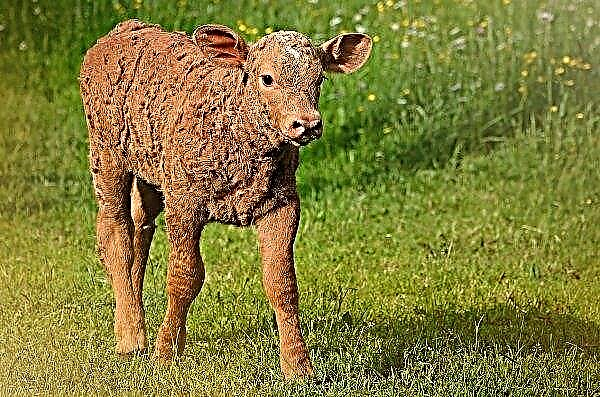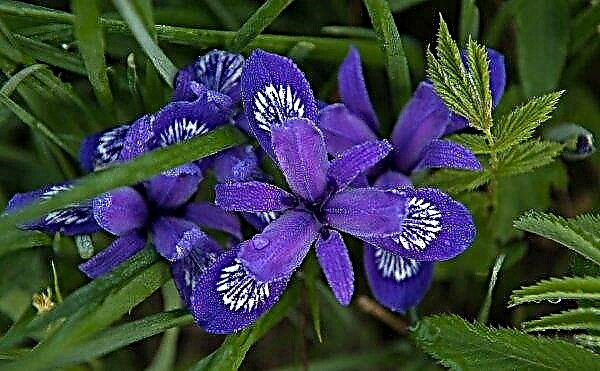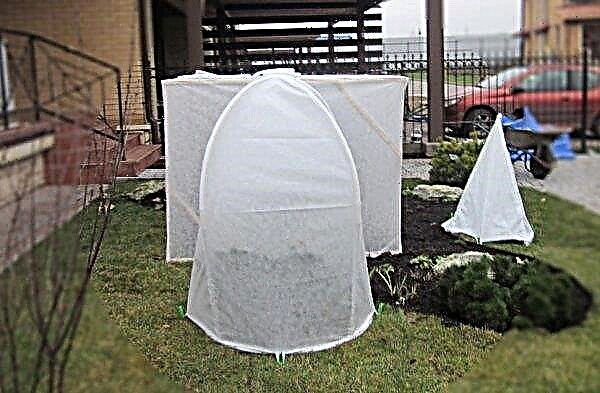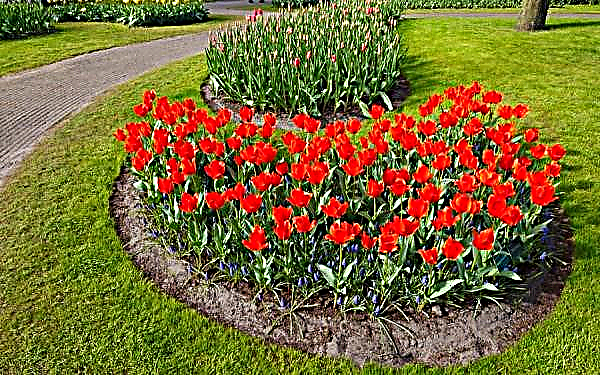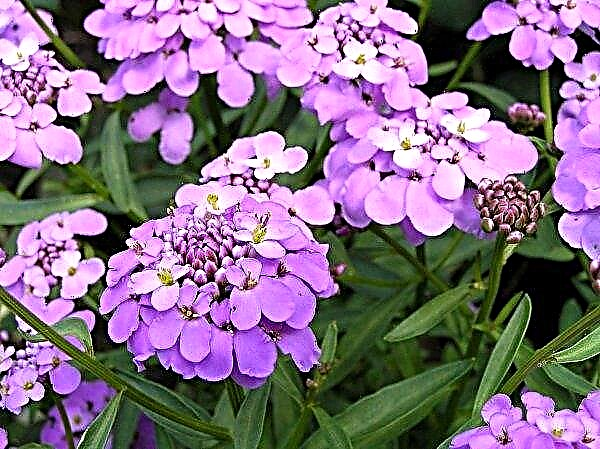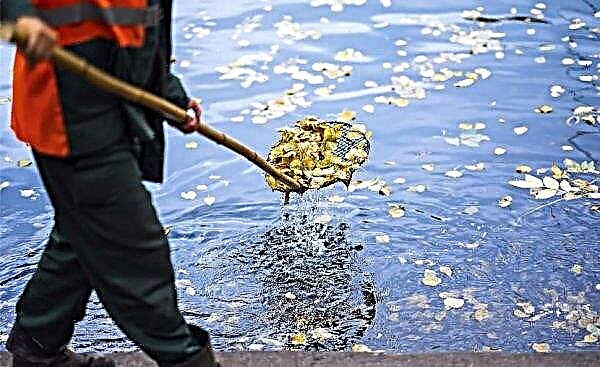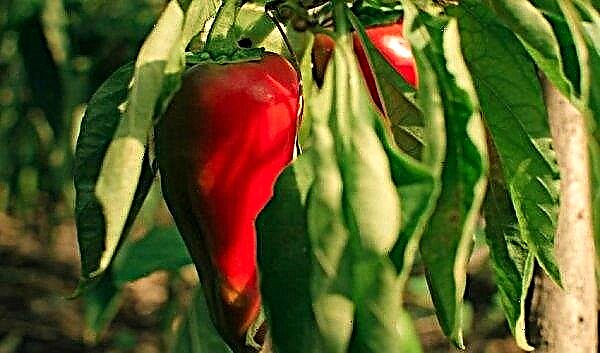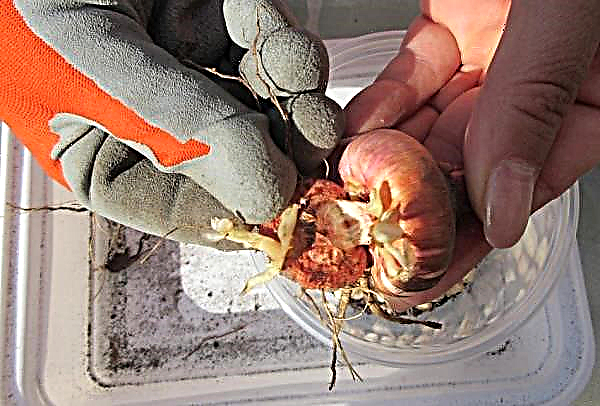Experts constantly argue about whether to cut bushes before wintering. Each puts forward its arguments, so novice gardeners need to understand all the pros and cons of this procedure. Most often, sanitary and shaping haircuts are performed in the spring, but this method has its own nuances. Is it worth it, and how to prune hydrangea for the winter correctly is described in the article.
Do I need to cut hydrangea for the winter
Winter is a special period for which the plant must prepare. Many gardeners are in no hurry to cut flower hats immediately after flowering. They claim that such a herbarium looks great on a winter background. But the snow mass can put pressure on the branches, which will lead to damage.
Nevertheless, experts argue that the autumn formation of the crown is more successful due to the following reasons:
- there is no active secretion of juice;
- the shape of the crown is clearly visible;
- diseased, dried up or excess shoots are exposed.

When to trim
The exact time when you need to cut hydrangea depends on the weather and climate of the region. Many gardeners are guided by the lunar calendar.
Pruning of an adult bush is carried out after the leaves fall and the sap flow slows down. In a temperate climate, this period covers September - October. In cooler latitudes (Ural, Siberia), you need to trim the shrub before the frost arrives, in early September. In the southern lane, work is carried out in October.Important! In the first two years, it is not recommended to cut the bushes before winter, since the plant should grow stronger.
What tools are needed to trim
To maintain the bush in a healthy condition, prepare the necessary equipment.
It must meet the following requirements:
- be well ground (to cut the shoots, and not break them);
- to be reliable and comfortable to use;
- consist of light but durable materials;
- have narrow blades (so that you can easily reach the middle of the crown);
- be wrapped in a non-slippery braid (preferably a bright shade so that you can detect a tool falling into the grass).

To trim, you need to stock up on the following inventory:
- Secateurs. For all types of hydrangeas, a traditional tool with curved blades is suitable. Experienced gardeners also recommend purchasing specialized options for florists and pruned pruners.
- Delimbers. It may be needed not only for sanitary, but also for anti-aging thinning. The tool has long handles that are convenient when cutting tall or densely branched shrubs.
- Garden saw. Used to cut thick parts of plants. Cope with dry branches best of all.
- Garden shears. Used for cutting roughness, inflorescences, damaged bark.

Before trimming, you need to take care of the availability of additional materials:
- gloves, eye protection;
- backups and harnesses;
- garden vare and coal.
Did you know? Hydrangea was imported to Europe from Japan at the beginning of the 19th century and was originally grown as a room flower. But, over time, breeders have created several hundred varieties that are still successfully cultivated in gardens.
How to cut hydrangea for the winter
Shrub pruning rules are carried out depending on its variety, because each of them has special characteristics.

How to shorten
The general principle for circumcision of all types and varieties of hydrangeas is the removal of damaged, weak processes and branches that thicken the crown, as well as cutting old branches under the root.Pruning panicled shrubs consists only in the removal of dried inflorescences and broken branches. Full pruning is done in the spring. The tree shape is completely cut off, leaving only 3-4 pairs of healthy shoots. The processes older than 4 years are cut off completely.
Large-leaf varieties bloom on the branches of the previous season, therefore, in the fall, this species is rejuvenated by removing dried two-year-old shoots. Inflorescences are cut to the first pair of primordia at the end of the shoot. The embryos themselves are undesirable to touch, while a stem 1.5–2 cm long is left above them.
Did you know? Fans of the full-blooming plant have an occasion to celebrate the day of hydrangea, which falls annually on January 5. This festival traditionally organizes flower exhibitions, presentations and sales of new varieties.
The large-leaved variety is a shrub. Every year it forms a zero growth, and at the age of 4–6 years the branches grow old. The peculiarity of this species is that the shoots do not cut (except in cases of freezing), otherwise the plant will not be able to bloom. If there are a lot of dry branches, they are cut to improve young growth.
How to form a crown
Crohn of almost all types of hydrangea needs to be formed. In the panicled variety, in the first seasons, a new shoot is removed that grows directly from the ground. When the bush reaches a mature height, they begin to create a shape: annually cut or completely cut off the upper young branches.
Did you know? According to the Victorian language of flowers, hydrangea symbolizes indifference and coldness.
The panicled species is prone to the formation of a new shoot, but it forms weak shoots of zero shoots. The plant can grow both in the form of a bush, and in the form of a tree. According to the degree of growth, developed shoots cut off up to 1-3 pairs of healthy kidneys.
If the panicled variety is grown in the form of a tree, the zero branches are removed, and the main trunk is tied upright. When it grows up (grows to a height of 0.5–1.0 m), a crown is formed from last year’s overgrowth.
Tree-like varieties grow greatly and form a considerable number of zero processes. The tree-shaped crown is created in this way: last year's shoots are cut to 2–4 healthy buds. In large-leaved varieties, only wilted processes are cut and only a young growth that has not yet blossomed is left.
Further care after trimming
Hydrangea, like most plants, feels the need for special care on the eve of winter. In conditions of climatic latitudes in Russia, not a single variety can tolerate frosts without shelter and special training. Therefore, this should be taken care of in advance. After September 15, they begin preparation: they remove all leaves from the branches and fertilize the soil with phosphorus-potassium fertilizing.
How to shelter for the winter
Even if the variety shows good frost resistance, it must be insulated. There are many ways to protect. In warm latitudes, you can just spud a plant. On a territory with a temperate climate, the bush can be completely sprinkled with peat and covered with polyethylene on top.
A small young plant can be tied with a rope and bent to the surface, after laying out boards with clogged brackets or nails to which the bush is tied. Top cover with spruce branches or wood chips and cover with a spanbond or a sheet of iron.
Another option involves warming the near-trunk zone with spruce and bending the processes to the sides of the base. They are fixed below with brackets and spread peat in the center of the bush. The lying branches are covered with needles and lutrasil. Shelter is pressed on top with heavy material (bricks, lumber, etc.). This design can withstand frosts down to -40 ° C.Important! The winter hardiness of the bush is growing every year, therefore, over time, the protection of adult plants can be abandoned.

Work with adult bushes will be slightly different. The bush is wrapped with lutrasil and fixed with a rope or adhesive tape. Then, a frame of steel mesh is constructed above the hydrangea. It should be 12-16 cm above the bush. The inside of the frame is filled with dry foliage, and on top they cover with roofing material or film.
How to water for the winter
The plant should meet the winter season prepared, so in the fall watering is significantly reduced, especially if wet and cold weather is established. Depending on the weather, the substrate in the near-stem zone should be slightly moist. As soon as the indicators fall at night to + 5 ... + 7 ° C, water consumption is reduced.
Important! After reducing the temperature to 0 ° C, watering should be stopped.
Hydrangea pruning is a significant procedure in the maintenance and care of the plant. The flowering of the bush next year depends on its correct conduct. So that he will please you with magnificent bright colors and healthy development, do not be too lazy to give him due attention, take seriously the preparation of garden tools and follow the recommendations described.

